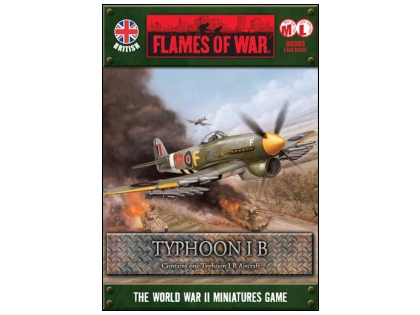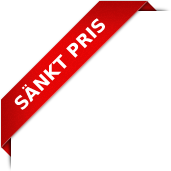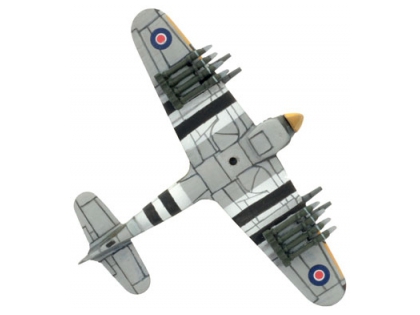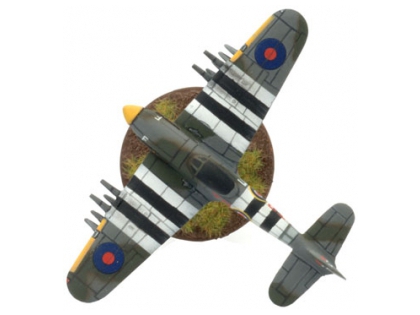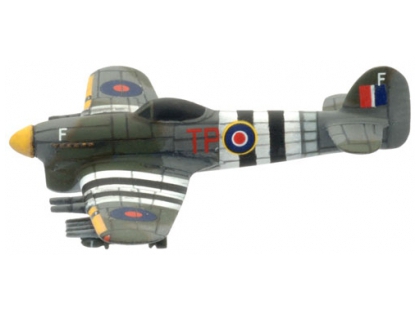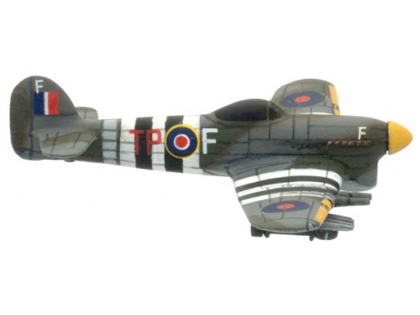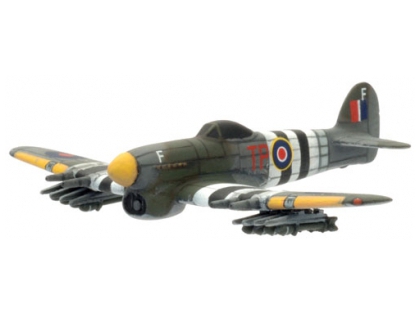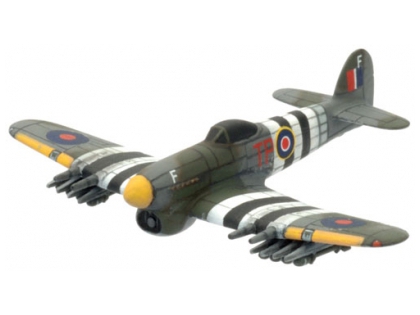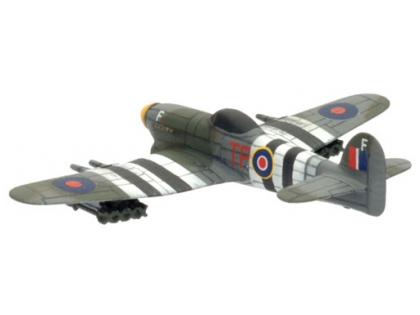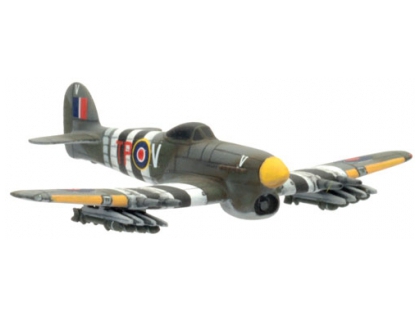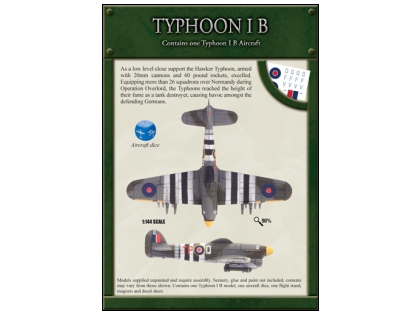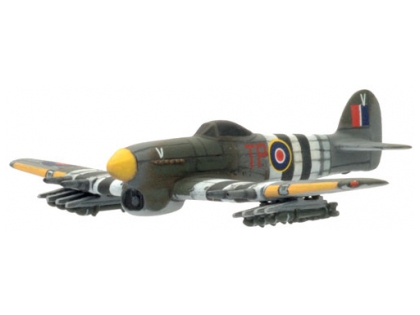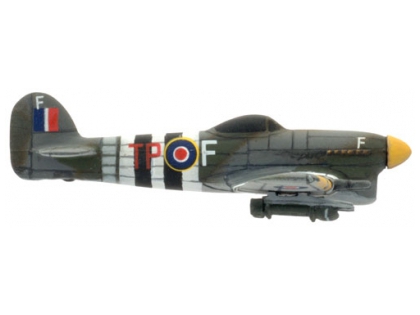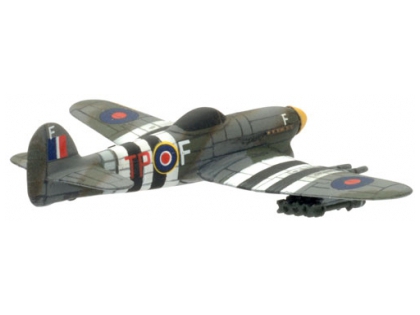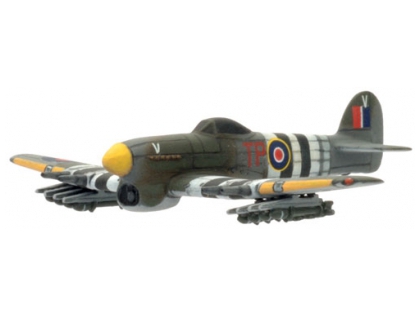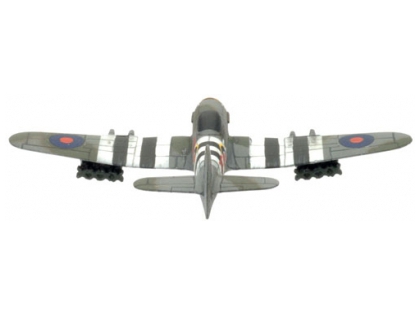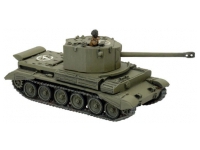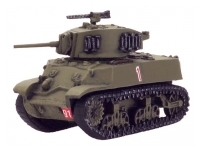-
-
-
Figurspel
-
-
Typhoon IB (Mid/Late)
-
-
Artikelnummer: AC005
-
75 kr (119 kr)
Ej tillgänglig
Tyvärr går det inte att beställa Typhoon IB (Mid/Late) längre.
Det är inte heller troligt att vi kommer få hem produkten igen.
- Önskelista: För att kunna använda önskelistan måste du har ett användarkonto och vara inloggad.
-
-
Produktbeskrivning
The Typhoon started life as a design as a replacement fighter for Hawker Hurricane in 1937. It proved disappointing in its initial testing. At low level the Typhoon was fast, but above 20,000 feet its performance fell off badly. Early prototypes suffered from a failure of the rear fuselage.
The Typhoon developed further problems in testing with carbon monoxide from the engine leaking into the cockpit, forcing pilots to wear an oxygen mask. The initial Napier Sabre engine was difficult to start, with a tendency to burst into flames before even leaving the ground.
Despite the problems, the first Typhoons were issued to No. 56 Squadron. The first Typhoon IA, armed with twelve .303in machine guns, reached the squadron on 26 September 1941.
In 1942 the Typhoon suffered further problems including structural failures, with the tail falling off. Extra metal plates were riveted around the problematic joint to fix the fault.
Anti-aircraft guns and other British fighters, mistaking it for the German Fw90, shot down a number of Typhoons. To overcome this problem black and white stripes were added to the underside of the wing, these had wider white stripes than the later famous D-Day invasion stripes. The spinner/nosecone was also painted white as part of this scheme.
Ironically it was the Fw190 that saved the Typhoon from cancellation. The Fw190’s ability to outperform the existing Spitfires, especially at low level, lead to the Typhoon being used to intercept them.
From late in 1941 the Typhoon was used to maintain low-level standing patrols to intercept hit and run raids by Fw190s.
Where the Typhoon really shone was in the ground attack role. Its excellent low level performance and robust construction lead the Typhoon into ground attack.
During 1942 the Typhoon IB (four 20mm cannon) replaced Typhoon IA (twelve .303in machine guns). The new arrangement proved a much more effective weapon against ground targets. The Typhoon could also carry two 500lb bombs, one under each wing.
In September 1942 Nos. 181 and 182 Squadrons received bomb armed Typhoons, and went onto the offensive targeting the German transport system in occupied France.
During 1943 day and night raids were launched on trains and other logistics targets. Operating at low level against defended targets was a dangerous duty and 380 Typhoons were lost during 1943 (many to FlaK). However, during the same period the Typhoon shot down 103 German aircraft (including 52 Fw190s), a remarkable achievement for an aircraft that was considered a “failed” interceptor.
Further developments in 1943 saw the bomb load increased to 1000lb on each wing and the introduction of rockets. The normal payload consisted of eight rockets, although that could be doubled by the use of a specially designed two level rocket rack. The first rocket attack was made by the Typhoons of No. 181 Squadron against Caen power station on 25 October 1943.
The Typhoon would really make a name for itself as the Allies premier ground-attack aircraft during D-Day and the following operations in Normandy.
The introduction of the new Hawker Tempest (which finally fulfilled the Typhoons original design specification) allowed the Typhoon squadrons to concentrate entirely on the ground attack role. Eighteen of the RAF’s twenty Typhoon squadrons were allocated to the 2nd Tactical Air Force.
They destroyed the German radar net in Normandy in days before D-Day. They provided tactical support once the battle was joined, hunting out the German armoured forces. When the men on the ground encountered a difficult to remove panzer the standard response was to call in air support, and let a rocket armed Typhoon take out the stubborn Panzer.
By the end of June the Typhoon squadrons were working from airfields in France, increasing their speed of response. A crucial development was the use of the “Cab Rank” or “Taxi Rank” system. This involved maintaining a standing patrol of Typhoons over the battlefield. Below them would be a Forward Air Controller, whose job it was to direct the Typhoons onto the most important target at any moment. Once a target was identified, a stream of Typhoons would descend on it.
During the battle of the Falaise pocket (14-25 August) the Typhoon played a crucial role in blocking the route, destroyed bridges, blocking roads and devastating German armoured formations.
-
-
Personer som har köpt Typhoon IB (Mid/Late) har också köpt
-
-
-
-
-
-
Sök produkt
-
Kundvagn
Din kundvagn är tom. -
Figurspel.se
Figurspel.se är en webbutik med figurspel som t.ex. Warhammer, Warhammer 40k, Lord of the Rings, Warmachine, Hordes, etc.
-
Länkar
-
Logga in
-






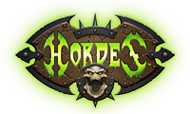




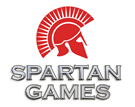

-

